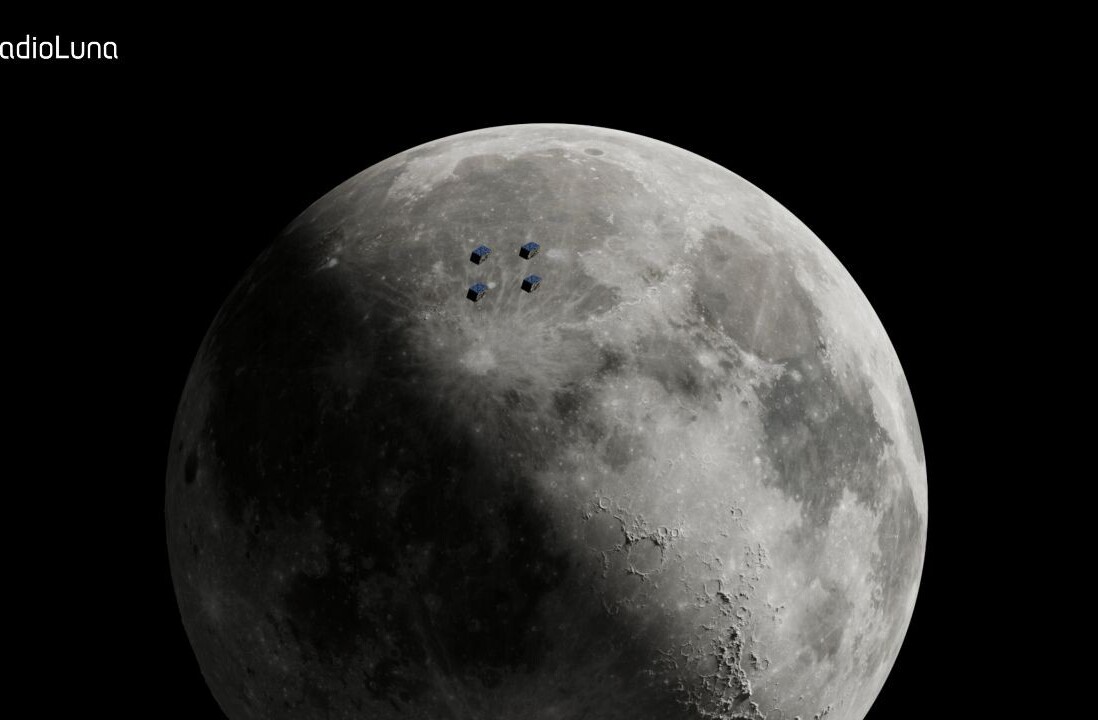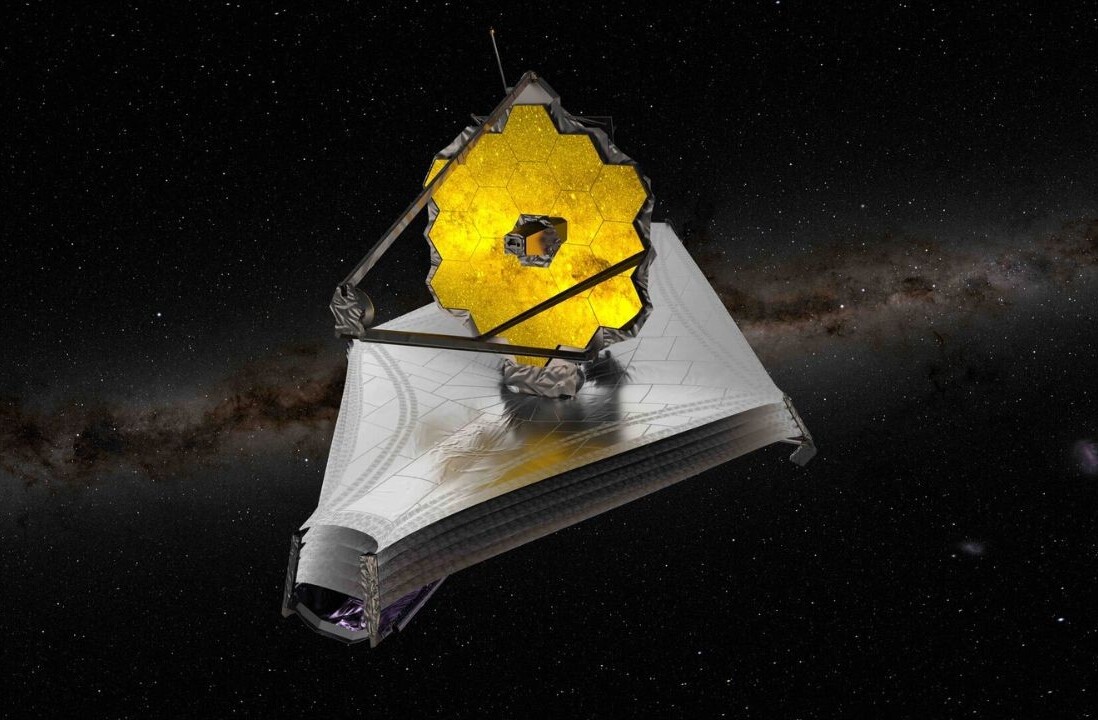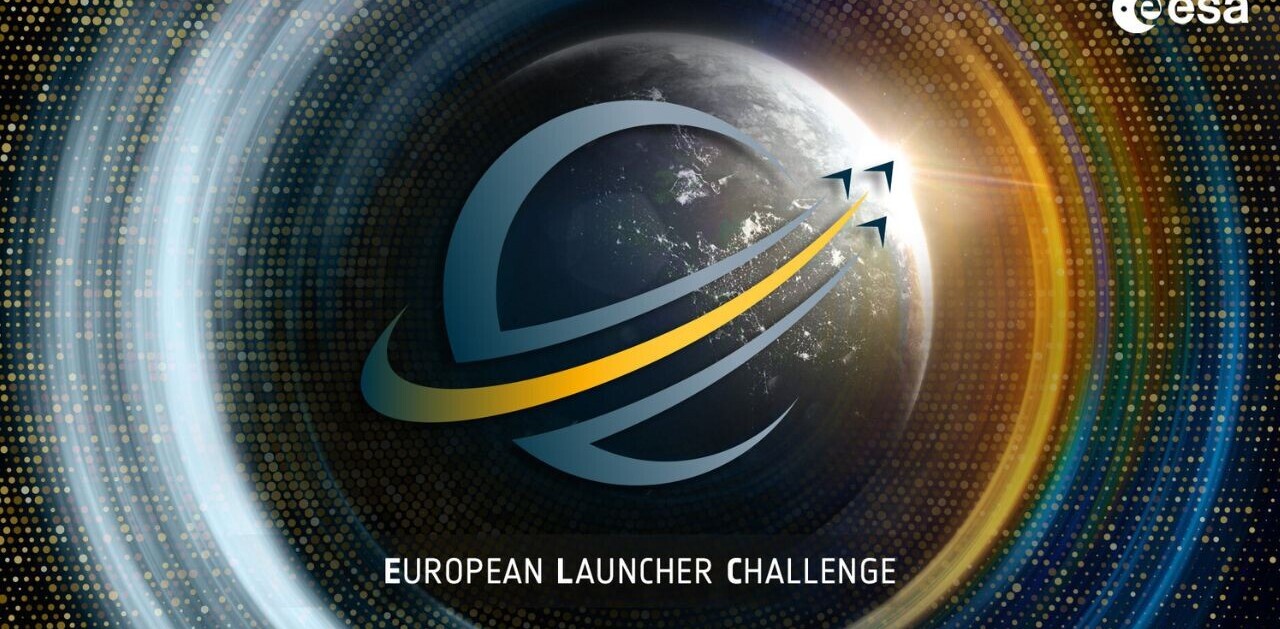
A European spacecraft has revealed the secrets of a star system that has puzzled researchers for years.
The rare six sextuplet of planets was found thanks to data collected by Cheops — the CHaracterising ExOPlanets Satellite.
Cheops is a European Space Agency (ESA) mission to study known exoplanets, which are any planets beyond our solar system. Its latest discovery emerged from confusion surrounding a star called HD110067.
The star lies around 100 light-years away, in the northern constellation of Coma Berenices. Dips in its brightness suggested that planets were passing in front of the star, but scientists couldn’t identify them.
“That’s when we decided to use Cheops,” said Rafael Luque of the University of Chicago. “We went fishing for signals among all the potential periods that those planets could have.”
After tapping into data from Cheops, the team detected a third planet in the system. The signals also showed that the three planets were in an orbital resonance, which occurs when orbiting bodies exert regular, periodic gravitational influence on each other. This unravelled an even bigger mystery.
By predicting other orbital resonances and linking them to satellite data, the researchers determined that there were another three planets in the system.
Orbitally resonant systems like this are extremely rare finds. They’re also highly valuable to our knowledge of the universe. Astronomers use them to understand the formation and evolution of the planetary system.

Understandably, ESA is proud of the role that it’s played in the new breakthrough.
“As our science team puts it: Cheops is making outstanding discoveries sound ordinary,” said Maximilian Günther, an exoplanet project scientist at ESA. “Out of only three known six-planet resonant systems, this is now the second one found by Cheops, and in only three years of operations.”
For Cheops, the mission continues. The small spacecraft still has many more exoplanets to characterise. Astronomers have hopes that it could even discover one that can sustain life.
Get the TNW newsletter
Get the most important tech news in your inbox each week.



